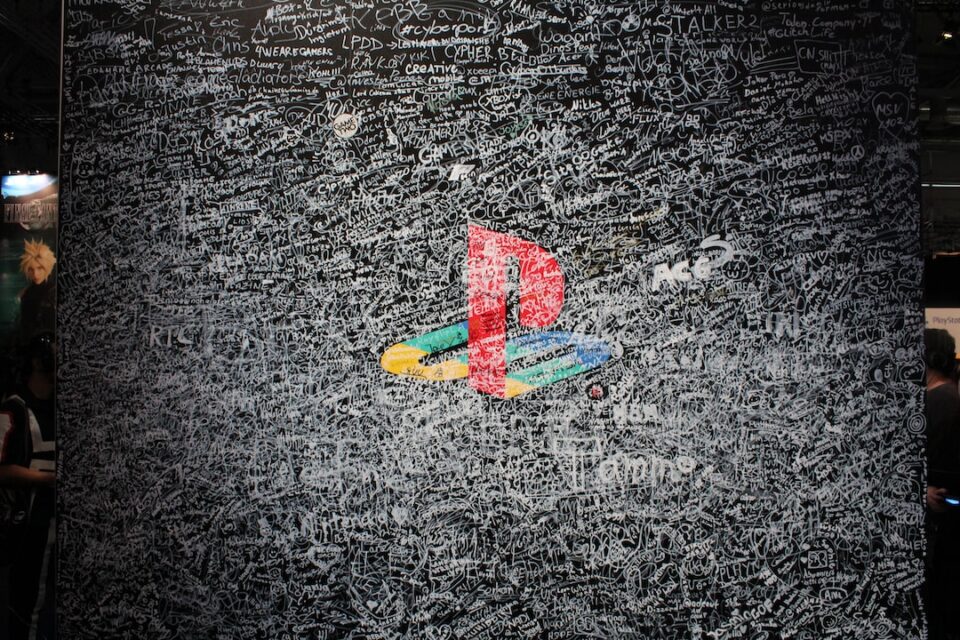The Art of Gaming: How Design Shapes Player Experience
Gaming has become an integral part of our modern society, capturing the imaginations of millions of players around the world. From immersive storylines to stunning visual effects, modern games offer an unparalleled experience that keeps players engaged for hours on end. However, behind every successful game lies an often overlooked aspect – design. In this blog post, we will explore how design shapes player experience and how it can elevate the art of gaming to new heights.
First and foremost, design plays a crucial role in creating a visually appealing gaming environment. The graphics of a game can make or break a player’s experience, as it sets the mood and atmosphere for the entire gameplay. Whether it’s the breathtaking vistas in an open-world adventure or the dark and eerie ambiance of a horror game, the artistry of design can create a sense of wonder, immersion, and emotional connection.
Furthermore, design also influences the mechanics and gameplay elements of a game. The layout of levels, the placement of obstacles, and the intricacy of puzzles are all carefully crafted by designers to provide a challenging yet rewarding experience for players. By balancing difficulty and accessibility, designers create a sense of achievement and progress, ensuring players feel engaged and motivated throughout their journey.
Moreover, character and creature designs breathe life into the game’s narrative, making it more captivating and memorable. Whether it’s realistic or fantastical, the artistic representation of characters and creatures can enhance the storytelling and forge a deeper connection between players and their virtual counterparts. A well-designed protagonist can evoke empathy and identification, while an intricately designed villain can evoke fear or awe, enhancing the overall gaming experience.
In addition to visuals, sound design also plays a pivotal role in shaping player experience. From the epic orchestral scores that heighten the drama of intense battles to the subtle background noises that create an ambient atmosphere, sound design adds depth and richness to the gaming experience. Whether it’s the sound of footsteps echoing in abandoned corridors or the intense splash of water during a high-speed boat chase, audio cues can make the difference between a mundane game and an immersive adventure.
Lastly, user interface design is another aspect that significantly impacts how players interact with a game. A well-designed UI ensures that players can navigate menus, access inventory, and understand the game’s mechanics without frustration or confusion. Intuitive and user-friendly interfaces allow players to focus on the core gameplay and fully immerse themselves in the virtual world, enhancing their overall experience.
In conclusion, the art of gaming lies in its design. From stunning graphics to captivating soundscapes, design shapes every facet of a player’s experience, ensuring they are fully engaged, entertained, and emotionally invested. Game designers are the unsung heroes of the gaming industry, using their creativity and technical skills to create virtual worlds that captivate players’ imaginations and leave a lasting impression. So next time you pick up your controller, take a moment to appreciate the artistry behind the games you love, and remember that design is what truly makes gaming an unforgettable experience.

